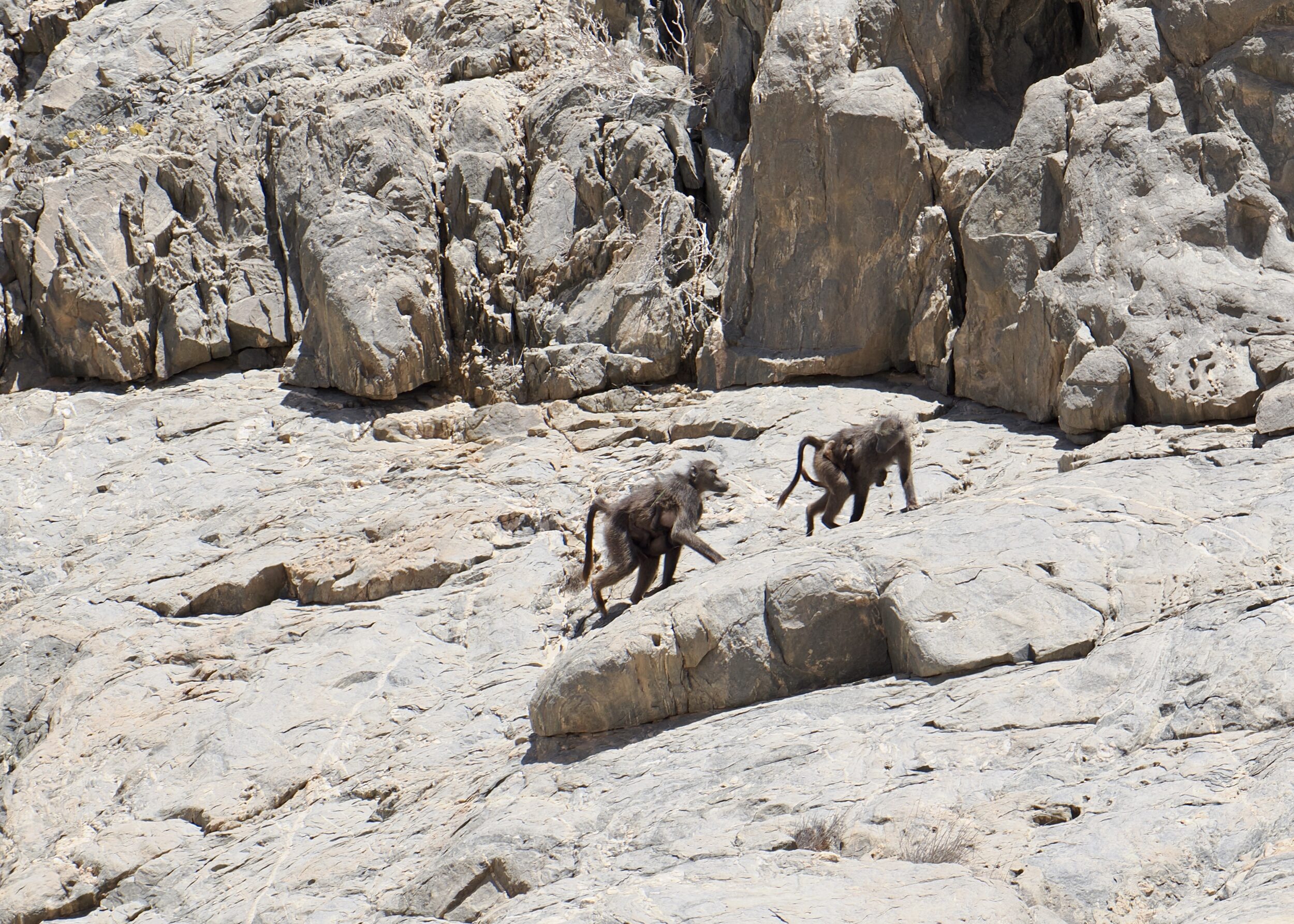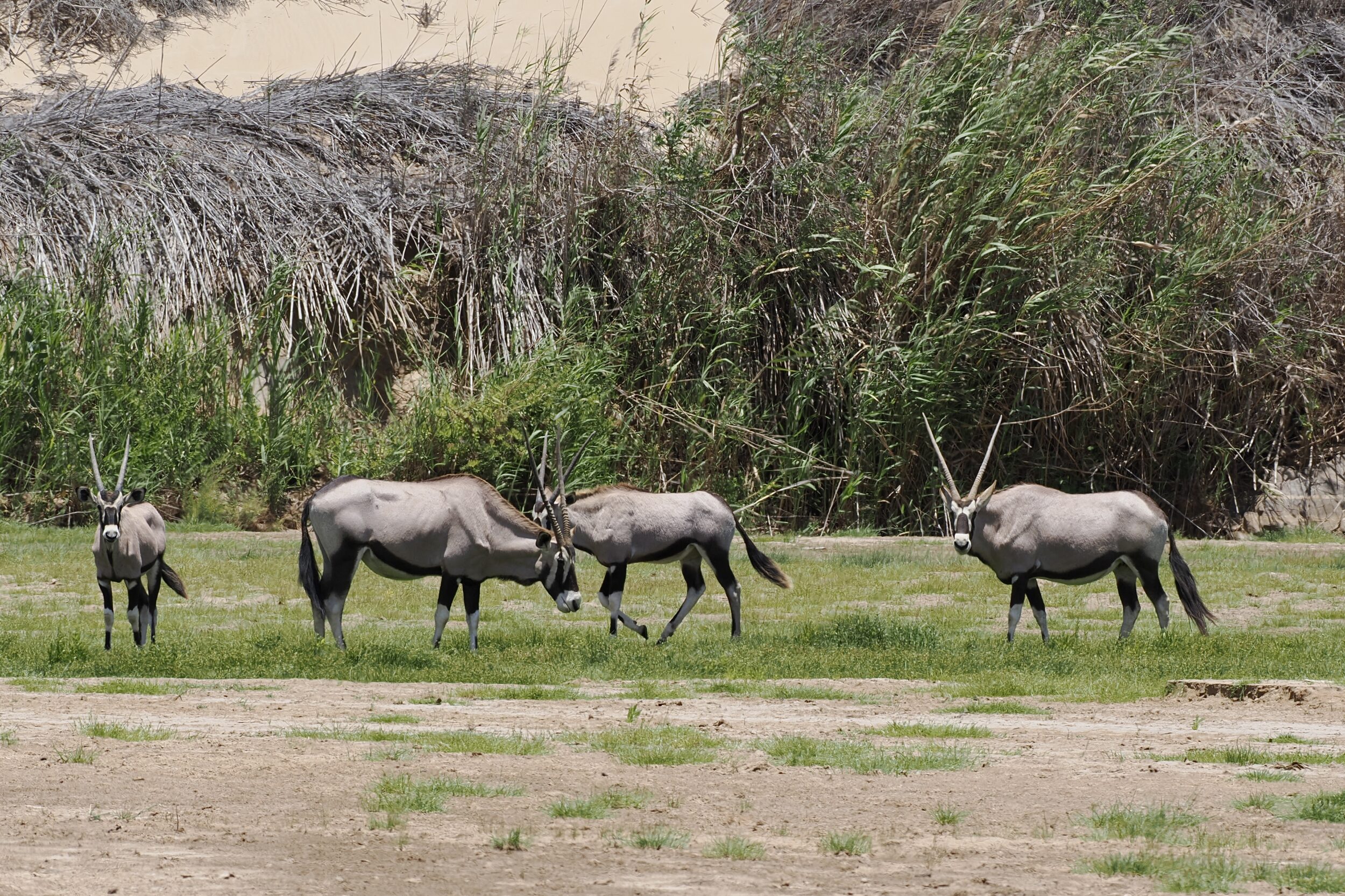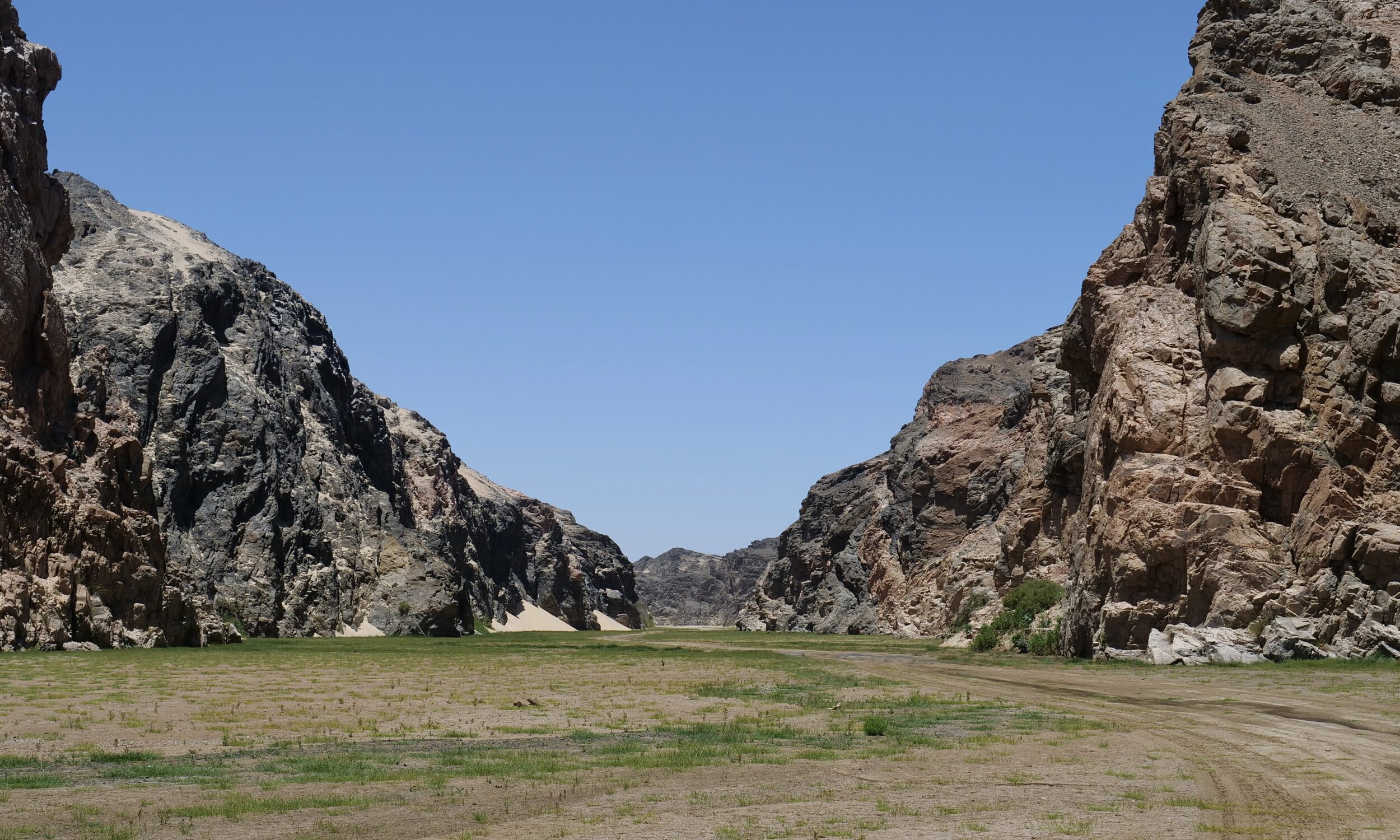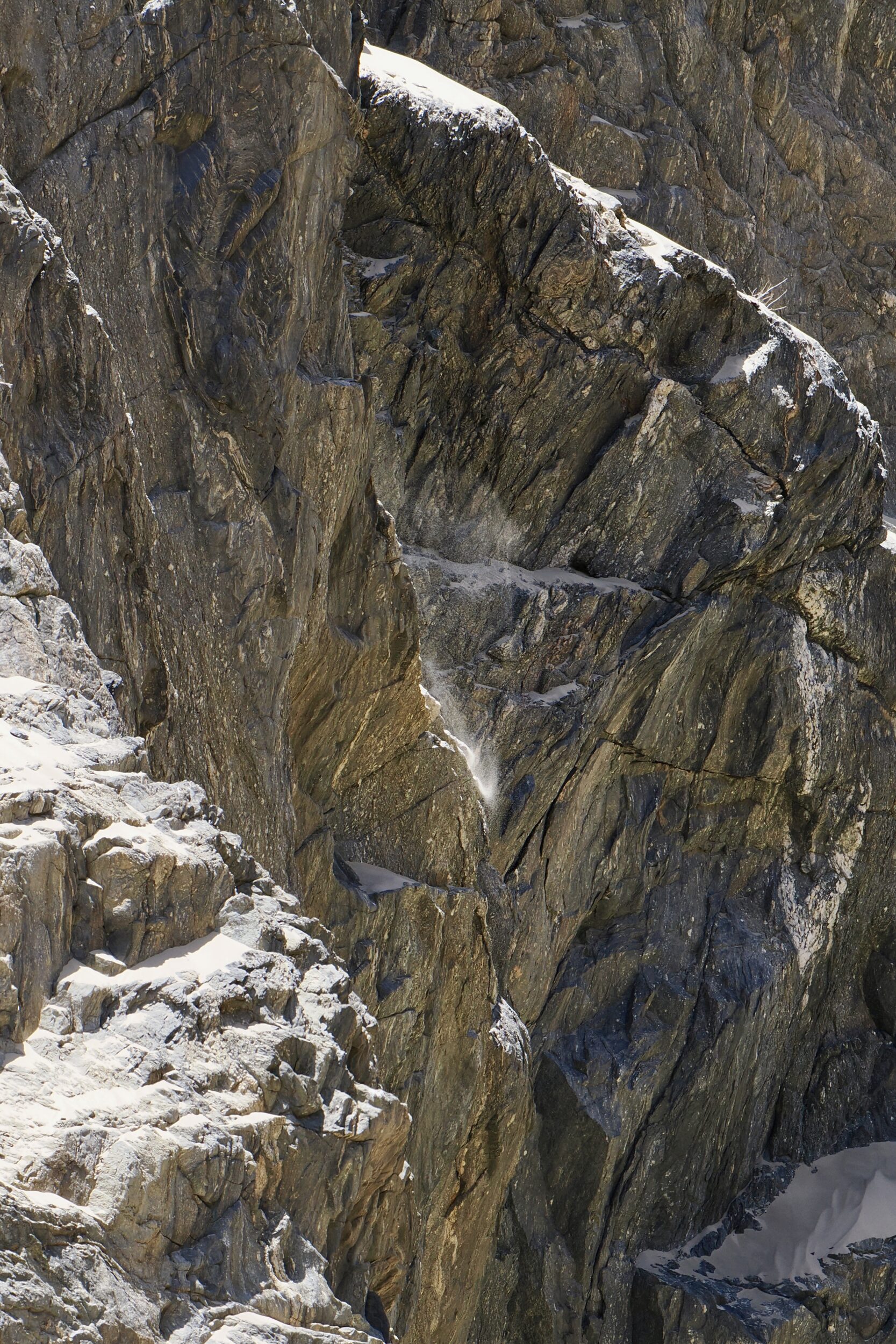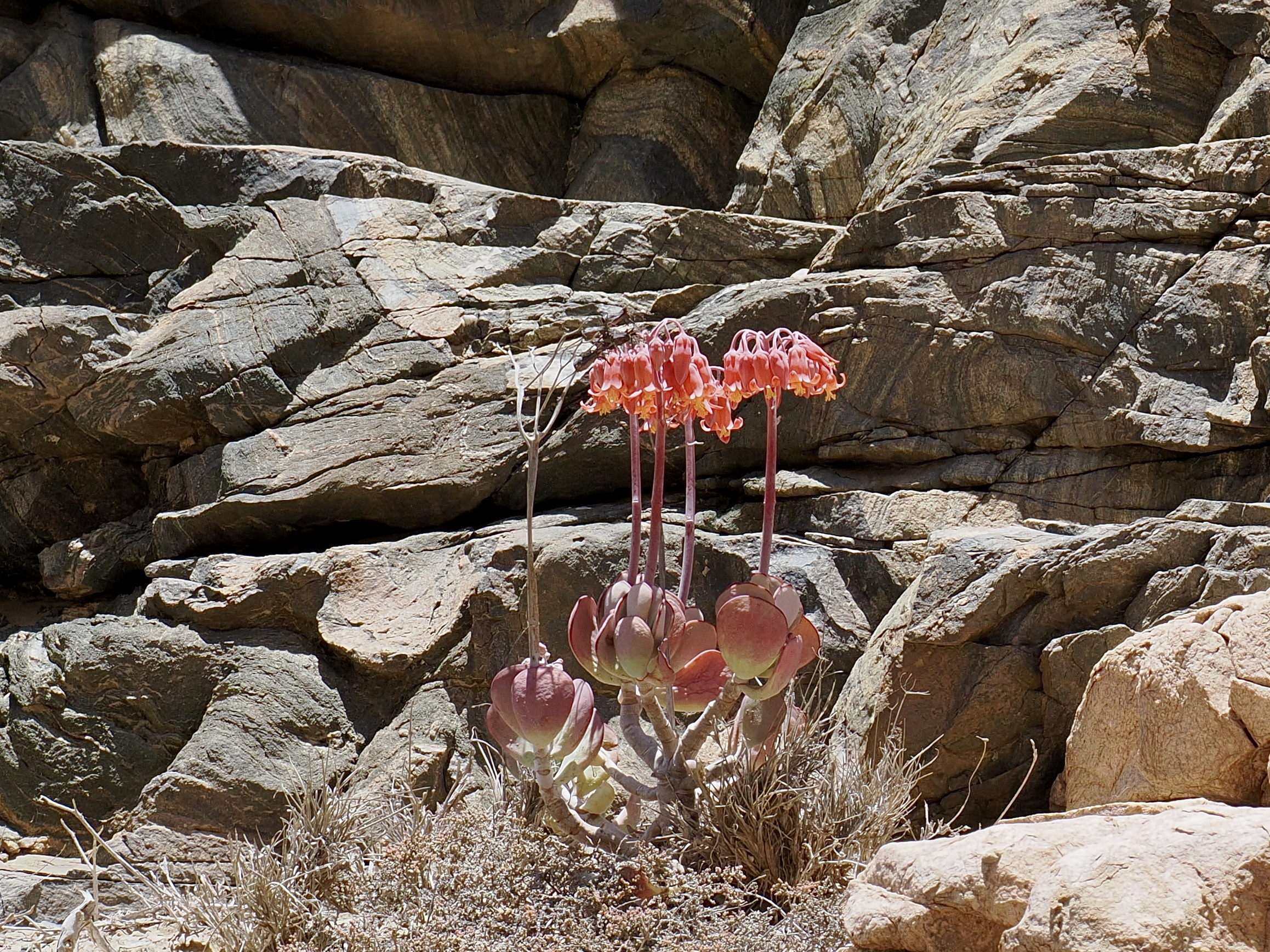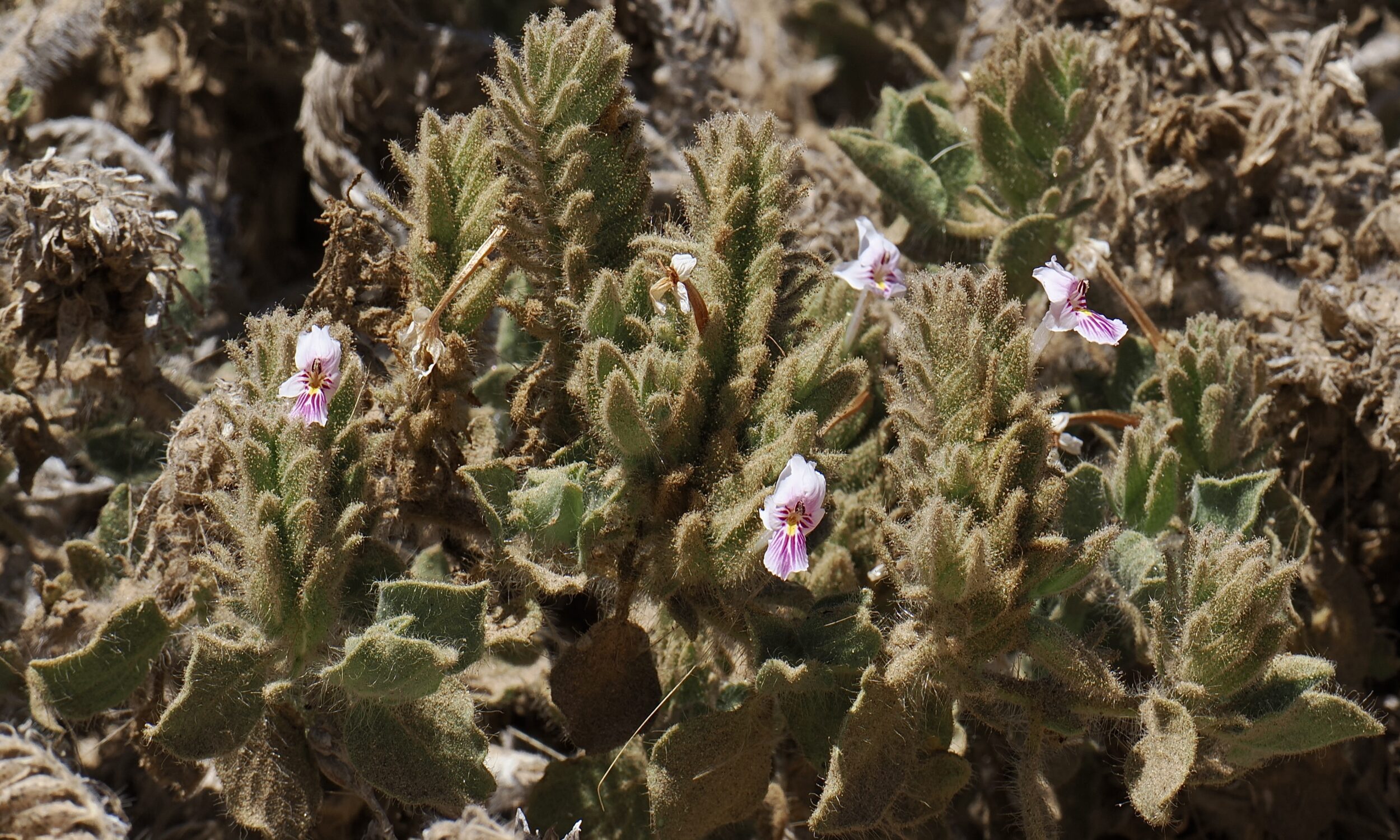In this part of the Namib – its western edge, adjacent to the Atlantic’s “skeleton coast” – its dunes are often generally-lighter in colour than are those further inland and further south.
Here, also, variations in colour and texture are more readily-evident/common on the dunes’ surfaces.
Their “sands” are not all of the same kind, colour and density; accordingly, winds “sift”, “sort” and shift them, differentially.
The results are oft-exquisite: “sand mandalas”, sans any human role in their creation.
I especially love what happens when shifting sands meet rocks and/or riverbeds; they, too, are far from “uniform”.
Comments closed

